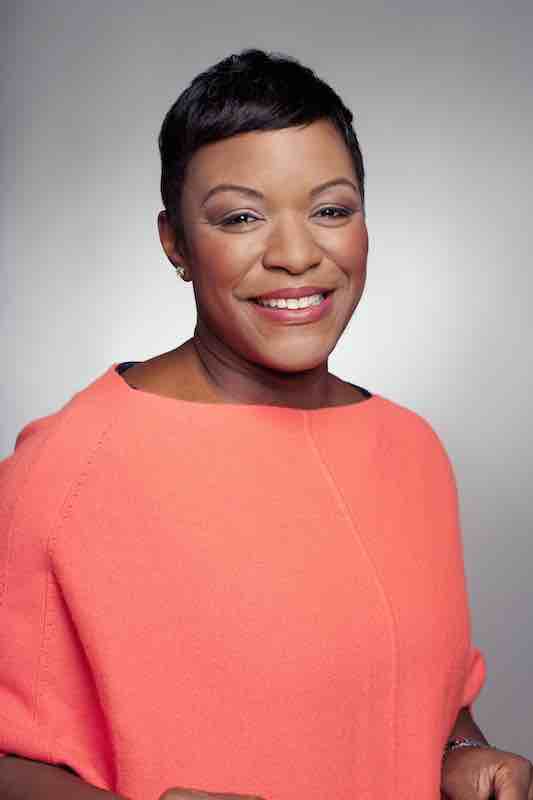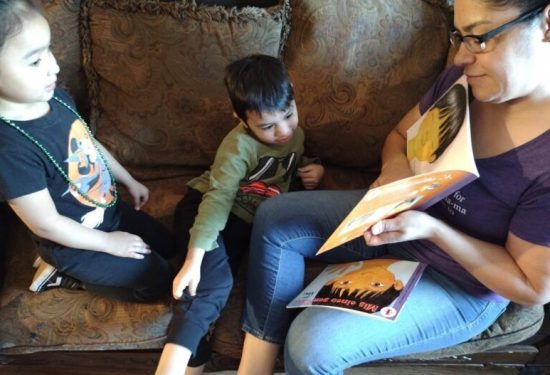“If this is how people treat you when they give you grant money, I don’t want it.”
This summarized the pain expressed by a family child care provider as we debriefed about a meeting we attended with a funder. It was particularly heartbreaking because this was her first and only grant as the leader of a newly formed 501(c)(3) family child care provider network. The funder had sought this provider leader out for her deep community engagement expertise and connections, but it was clear to both of us that the funder was more interested in how her resources would bolster their credibility with family child care providers and community members than how she could be a valuable partner. I attempted to reassure her that not all funders engage and flex in the ways we both witnessed, but part of me also knew this was probably the first of many experiences where she, a Black child care provider leader, will leave the negotiating table feeling unseen and marginalized.
As a consultant working with Home Grown and other organizations, I provide technical assistance to family child care providers who are starting nonprofit family child care (FCC) networks in their cities. In my work with provider leaders, I see this scenario play out again and again: A funder or large nonprofit reaches out to FCC provider leaders to “partner” with them on a project to strengthen the sector, but the partnership is neither equal nor mutually beneficial. Provider leaders mobilize community members, convene meetings, conduct surveys, and represent the partnership on coalitions but they often receive only a small portion of the total grant money (e.g., less than 10% of a $200,000 grant). Yet they are held to onerous reporting requirements, and sometimes have to spend their own money upfront and be reimbursed after submitting receipts from the project. Many of these projects would not be possible without the community networks and other social capital that provider leaders bring to the table, yet they are left feeling drained and undervalued.
As a result of her interactions with the funder, the provider quoted above began questioning her value as a network leader. These negative interactions leave long-lasting impacts and are all too familiar to FCC providers who already feel invisible in child care systems that prioritize center-based care over home-based care.
Power and privilege dynamics are always present between funders and nonprofits seeking grants, but the power differential is heightened when working with home-based child care provider leaders, predominantly women of color, who are sometimes seen as “unskilled” when in reality they are highly skilled educators with customized curriculums who transform their homes into havens of learning for young children.
In hindsight, the proposed grant and project were never structured to yield optimal results for neither the provider nor the funder. With that in mind, here are a few key steps that can assist provider leaders when seeking grant opportunities:
#1: Confirm the payment STRUCTURE, not just the amount.
In the example above, the grant was structured as an expense reimbursement grant without start-up funding, which placed an undue burden on the nonprofit FCC network. A key aspect of a grant agreement is how funds will be disbursed over the lifecycle of the grant. If you are a new FCC nonprofit network or an organization with limited cash flow, insist that some of the funding is released at the start of the project so you can disburse funds to key vendors and stakeholders to get the work underway. Regardless of the grant structure, own your brilliance and ask for what you need to do the work in a way that honors your standards and your community.
#2: Make sure the funder sees and invests in you as a LEADER.
It is imperative that potential funders value you as a leader and want to see you, and your emerging FCC network, evolve and thrive. You will experience an organizational learning curve as a newly formed nonprofit entity, and you want to know that potential funders are interested in the full journey you are embarking on, not just well-designed programmatic outputs. If the funder has access to supplemental resources, ask if they are willing to provide an executive coach or other technical assistance to invest in your success from the start. Are they willing to help you make connections with other partners or leaders who might guide you on this path? Don’t be afraid to ask for these kinds of supports.
#3: Look for synergy and alignment with your organization.
Important questions to ask yourself when pursuing funding are: Do I see myself reflected in any of the funder’s existing partners or grantees? Do any of those organizations and leaders seem to share my values about community or children and families? Do they have partners who are emerging organizations or grassroots networks? If not, understanding how FCC networks fit within their grantmaking strategy could help you determine whether this is an evolving strategy or if this grant represents a special interest for the funder.
#4: Check References!
Let’s not underestimate the power of our networks. Check with fellow FCC leaders to see if they have any insights that might inform your decision-making process. Have they had interactions with the funder that were positive or negative? If the funder offers webinars and other open forums, attend when possible to learn more about their grantmaking process and culture.
#5: Be honest about your organizational capacity.
Our partnerships flourish when seeds of honesty, authenticity, and trust are planted. Embrace where you are on your organizational journey and be transparent about your administrative and programmatic capacity. This not only provides critical insight to determine the optimal funding model for you (i.e. start-up grant, general operating grant, project grant, etc.) but also allows for a partnership where learnings and themes can be leveraged in ways that are good for the field and help drive innovative investment strategies with subsequent FCC networks.
#6: Trust your gut.
Chances are, if you’ve enjoyed your interactions with the team members working closely with you to bring this grant opportunity to life, it’s probably a partnership with enough relational alignment to yield a mutually beneficial result. However, if after several meetings and conversations, there is not a feeling of mutual respect or if something doesn’t feel right, it may be best to forgo the opportunity.
While the tips listed above cannot counteract the bias and privilege inherent in philanthropy, I hope they encourage you to take steps to proactively build the best funder relationships possible. There are funders out there who are sensitive to the power dynamics and who want to partner with you to build your FCC network and strengthen the FCC sector. These are the funders you want to partner with. As a provider leader, you are the expert in finding the solutions to the problems that you are faced with. Your knowledge and experiences add tremendous value to the child care sector and funding conversations and opportunities should always leave you feeling empowered and not defeated.




